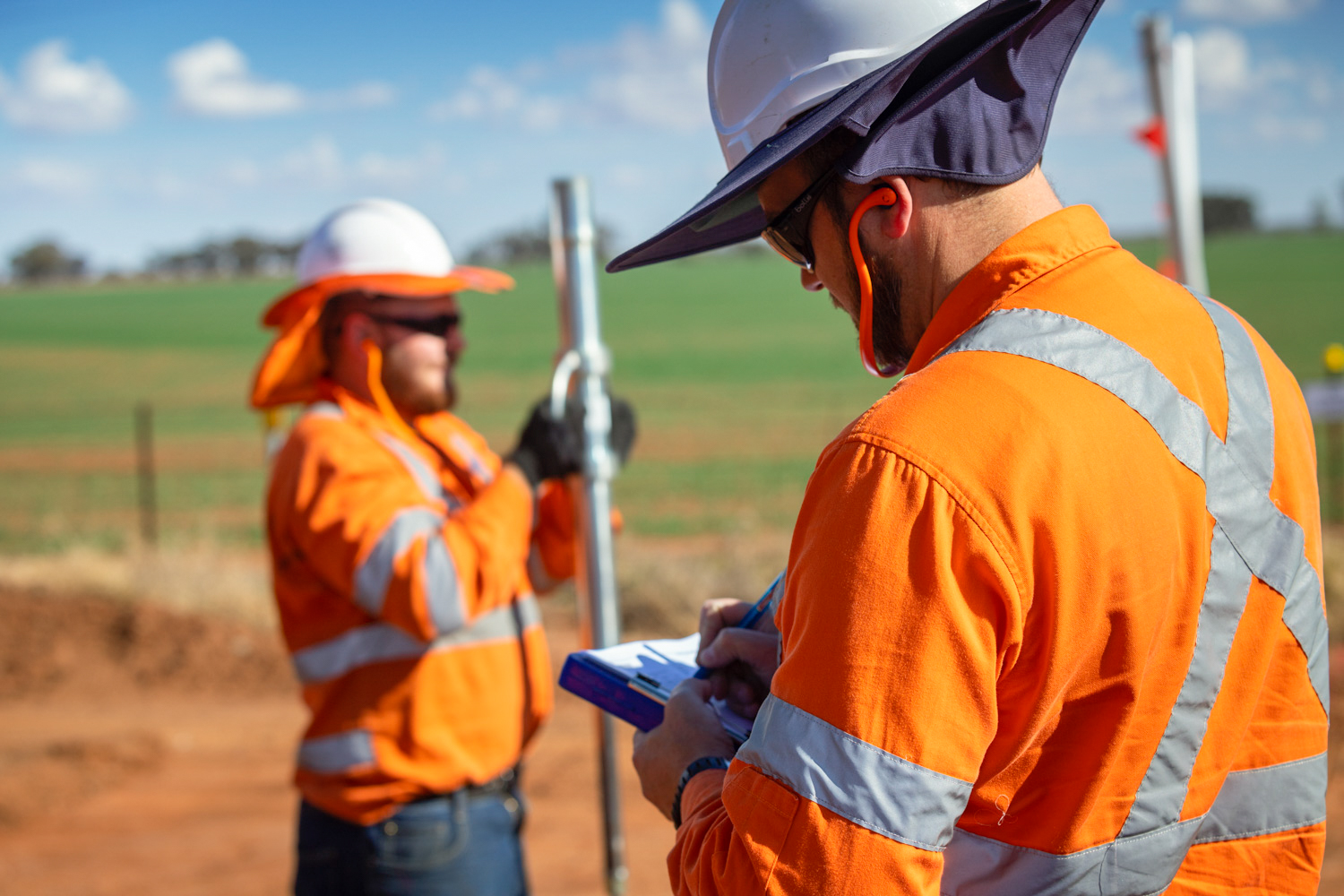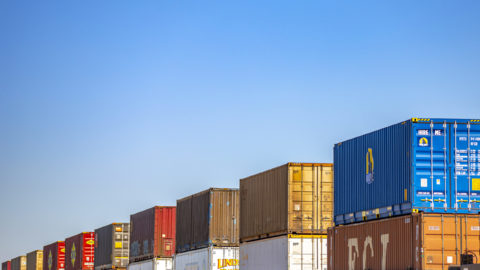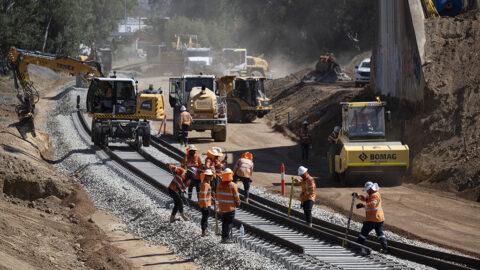Inland Rail is a 1,600km fast freight rail line, now under construction, that will connect Melbourne and Brisbane via regional Victoria, New South Wales and Queensland.
Geotechnical investigations for Inland Rail are conducted during reference and detailed design phases by specialist subcontractors and consultants.
They help us understand the type and strength of ground conditions so we can ensure Inland Rail is safely designed and constructed.
Types of investigations can range from a visual survey of the land to collecting soil or rock samples by digging test pits or drilling boreholes.
How we work with you
Working with landowners is a critical part of our planning and consultation. To undertake any investigation on your land, we work with you to prepare a Land Access Agreement.
As part of these negotiations, we discuss your expectations and requirements of our field teams when they are doing geotechnical investigations on your land.
We also advise you of the type of investigation we’ll conduct on your property and agree how we’ll access the survey site.
Depending on the location and extent of drilling required, permits from government agencies may be required before any drilling can start.
These may be needed for vegetation clearing, potential disturbance to animals and their habitat and for the potential disturbance and management of cultural heritage artefacts. Inland Rail obtains all necessary permits prior to beginning these investigations.

Timing of the work
Our investigations usually occur during daylight hours.
If activity is required outside of this period, agreements will be made between you, Inland Rail and our consultants or subcontractors, in accordance with the Land Access Agreement.
Multiple vehicles and machinery are used on property during daytime investigations.
Occasionally in remote or hard-to-reach areas, vehicles and equipment remain on-site overnight or on weekends with security present.

What work is involved?
The type of investigation we do depends on the information that we need to collect at each site. Investigations could include:
Boreholes
Work is done by a lead driller, an engineering geologist (who logs the drilling activity and earth samples) and, where appropriate, a cultural heritage representative. An Inland Rail supervisor may also be present
Machinery required typically includes a truck with a drilling rig and a support vehicle, such as a 4WD ute, carrying a 1,500-2,000L water tank
The work area for drilling a borehole is usually 20m x 20m, but this varies depending on the investigation type and surrounding geography
The hole bored is 100mm in diameter and the depth drilled varies. An investigation hole for a bridge foundation pile may be up to 50m deep, depending on ground conditions and the anticipated load on structure foundations
Borehole drilling timeframes vary by hole depth; as a guide, depths of 20-25m can be drilled in a day
Wastewater is managed appropriately for each site.
Test pits
Work is done by an excavator or backhoe operator, an engineering geologist and, where appropriate a cultural heritage representative. An Inland Rail supervisor may be present on site
Test pit excavations require an excavator, backhoe or similar and a support vehicle
The work area for a test pit is generally smaller than 15m x 10m. Some earthworks and vegetation clearing might be required to prepare the site.
Investigations for shallow embankment and formation works may require a 2-3m deep trench excavation.
Site rehabilitation
When a borehole is completed, it is backfilled using soil removed during drilling, capped with a cement grout mixture and left with a slightly raised or mounded surface, which may compact over time.
Ongoing site monitoring
In some boreholes, we install a measuring device called a piezometer to monitor groundwater levels within the borehole. Once installed, the borehole is backfilled with sand and cement grout and covered with a small locking cover that is level with the ground surface.
An engineer obtains data and maintains the data loggers on site. This usually occurs at two and six-week intervals and then annually. The piezometer is left in the location for at least 12 months, so we can understand seasonal groundwater changes.
At the end of the monitoring program, the piezometer is removed and the borehole is rehabilitated.
Ensuring site safety
Safety is the head and the heart of the Inland Rail program. We endeavour to safeguard geotechnical investigations by including these measures:
All vehicles accessing private property, outside of road and rail corridors, use a weed and seed wash-down facility to prevent the introduction of noxious weeds. Weed and seed wash-down procedures are established relevant to specific areas of investigation.
The drill rig and support vehicles are equipped with spill kits appropriate to the fuels, oils and chemicals used in the drilling process. Any spills are promptly cleaned up and contaminated materials hauled to the appropriate disposal site in a manner consistent with regulatory requirements. Bins are provided at work sites for all waste types.
Sites are maintained daily. All waste produced is collected and recycled where practical or disposed of at an approved disposal facility.
Drilling water is stored in a purpose-built tank and recirculated until the hole is completed. This ensures drilling fluids do not enter any surrounding waterways.
The investigation areas are backfilled with excavated material as soon as practicable after work is finished in each location. No sediment laden run-off is discharged directly or indirectly into drains or waterways.




